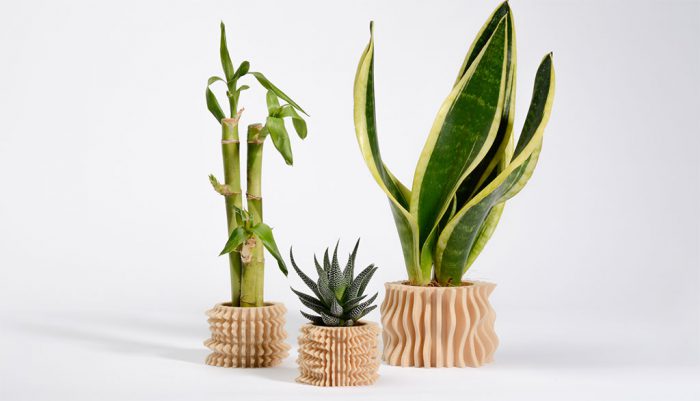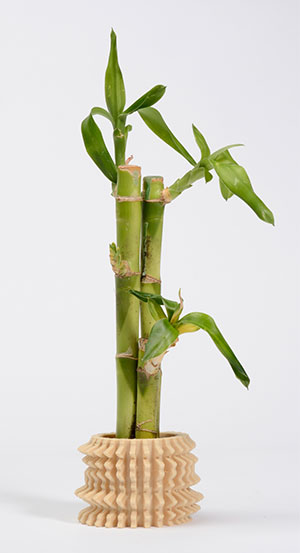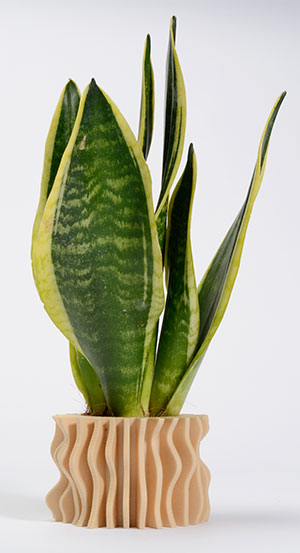by Fabienne Erben
There are many things in nature over which we have no control. They happen randomly. On computers such randomness does not exist. We can only simulate randomness through algorithms. “Perlian noise” is one of the most famous algorithms that simulates randomness.
The image on the left is a result of this “noisy” algorithm.
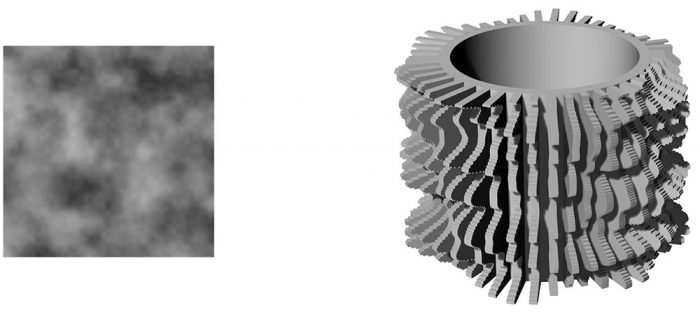
Now if we apply this algorithmic noise to the walls of a vessel – where the white areas stand out and the black areas move inwards – we receive a structure like the one on the right.
When we print out these shapes, using wood-fiber based (60%) biodegradiable PLA, we receive beautiful plant pots with a very natural and organic look.
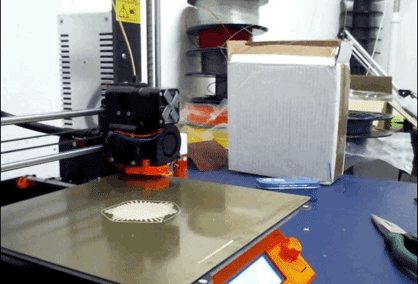
We can create countless variations of that pot by simply changing the values for the noise algorithm. They all appear random but are not random at all. Their shape is the result of an algorithm, which we can control.
These highly technical objects are not “natural” in themselves, yet they have an organic look and feel precisely because of how they were created.
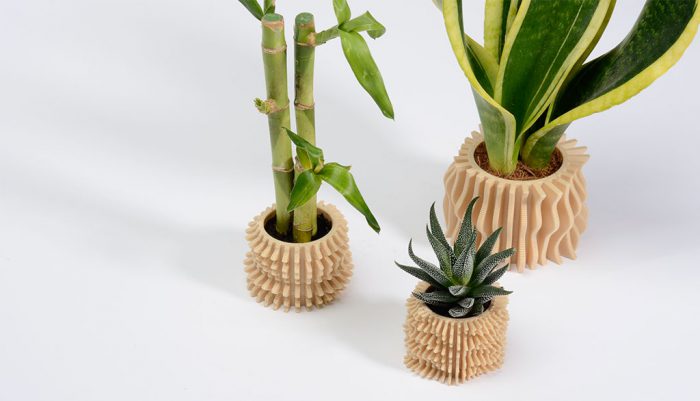
Follow Fabienne on instagram and get in touch with her on linkedIn!
